
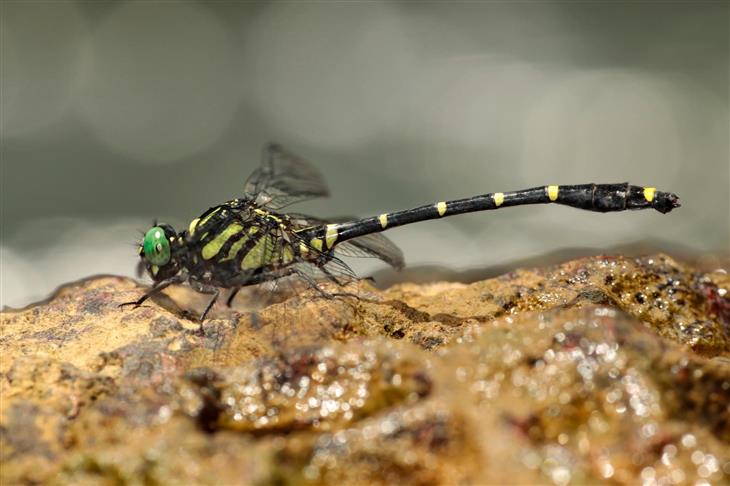
The location where this remarkable dragonfly was found holds significant importance as it is recognized as a UNESCO World Heritage Site and serves as home to an impressive array of approximately 5,000 distinct animal and plant species. Among these inhabitants are around 190 different types of dragonflies, with 40% being exclusive to this particular area.
The scientific name given to this newly discovered dragonfly species incorporates "chaukulensis," derived from the name of the village adjacent to where it was first encountered - Chaukol.
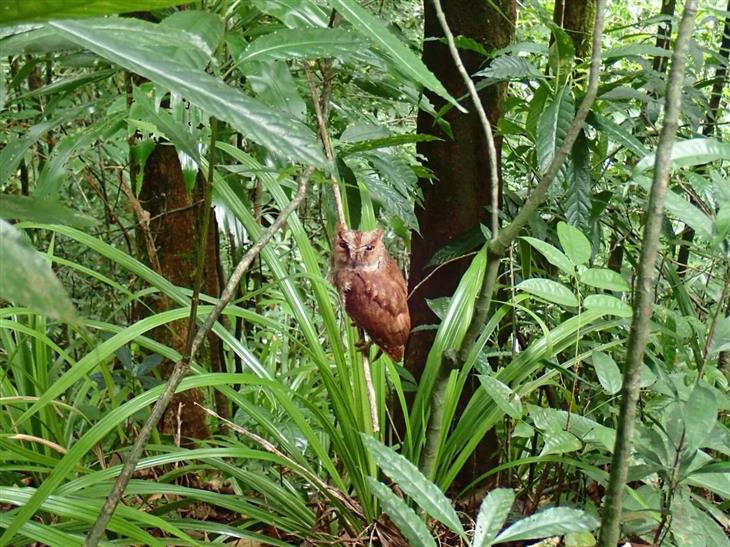
another noteworthy finding emerged in 2022: Otus bikegila or Principe Scops owl. This novel animal species marks yet another addition to our ever-expanding knowledge of Earth's diverse wildlife.
The recent unearthing of a peculiar owl species has brought about great intrigue among researchers. One of the primary factors that facilitated its identification was its distinct call - a series of short, repetitive "tow" sounds reminiscent of the courtship calls made by insects. Interestingly, these calls are performed in harmony by pairs of owls during nocturnal hours.
The owl's name is indicative of its habitat - Principe, which is both the smallest and northernmost region within Sao Tome and Principe, a small country consisting of two islands situated off the western coast of Africa in the Gulf Guinea. The owls were exclusively discovered within a densely forested area located in southern Principe. Due to their limited population and localized distribution, experts have classified this newly found species as critically endangered.
In recognition and appreciation for his invaluable contributions to uncovering this enigmatic owl through his diligent work as a park ranger on Principe Island, one researcher decided to honor him with their scientific nomenclature: Otus bikegila. This unique choice pays tribute to his nickname "Bikegila." It was thanks to his relentless efforts that revealed the mystery surrounding these distinctive calls that ultimately led to the discovery of this remarkable creature.
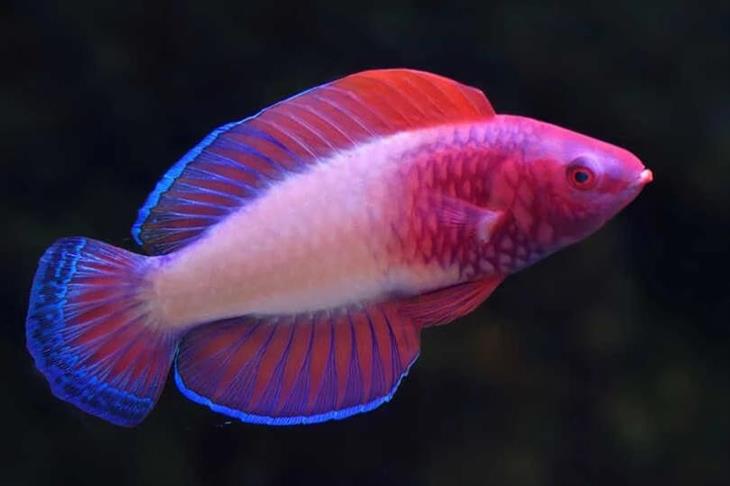
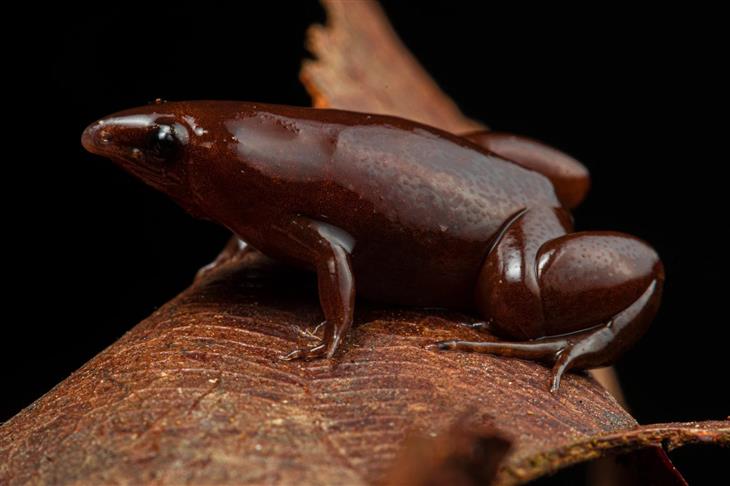
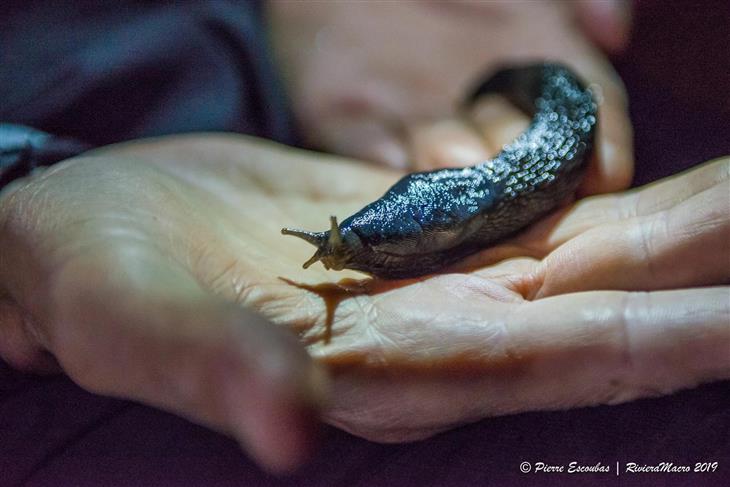
In 2022, a new animal species named Limax pseudocinereoniger has been unearthed
Introducing the latest addition to Europe's biodiversity: a unique nudibranch (a group of soft-bodied marine gastropod molluscs that shed their shells after their larval stage), comparable in size to a small carrot! This particular species exhibits a brown-grey hue, measuring approximately 20 centimeters in length and boasting a distinct ridged spine. What may strike one as peculiar is the fact that such a sizable creature remained undiscovered for an extended period within an inhabited continent like Europe, known for its thorough exploration of fauna and flora over centuries. However, this elusive slug managed to elude detection by disguising itself as another closely related species - Limax cinereoniger also known as the Ash-black Slug.
During an expedition led by citizen scientists from various nations, specifically assembled for the purpose of exploring Montenegro's Tara River Canyon, this newfound nudibranch was serendipitously spotted. Maneuvering on inflatable rafts along the river course yielded remarkable results with the unearthing of this previously unknown marine organism. Subsequent genetic and morphological analyses conclusively confirmed that it represents an entirely new species separate from its supposed counterpart; even reproductive organs differed between them.
This fascinating discovery serves as testament to both the resilience of nature's secrets and our ongoing quest to unravel them through collaborative scientific efforts. It further underscores how seemingly familiar environments can still harbor surprises waiting patiently for intrepid explorers' keen eyes and minds.
The nudibranch known as "pseudocinereoniger" derives its scientific name from the Latin word pseudes, meaning "false" or "deceptive".
This name is a result of its uncanny resemblance to the Limax cinereoniger nudibranch.
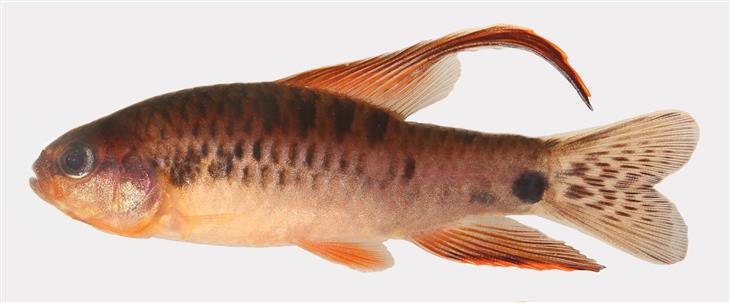

Another novel animal species discovered in 2022 is the Sceloporus huichol, commonly known as the spiny lizard. This particular lizard belongs to the Sceloporus group, which comprises various similar yet distinct species. The spiny lizard thrives in a region located in central-western Mexico, specifically in Nayarit and Jalisco's mountainous areas characterized by half-dry landscapes and oak forests. It is worth noting that scientists have only recently begun exploring this particular area extensively. In fact, it was not until 2007 that a new snake species was discovered there, leading experts to speculate that there may be numerous other undiscovered animal species residing within this region.
The name "Huichol" has been bestowed upon this unique reptile as an homage to the indigenous Mexican Huichol tribe whose ancestral lands encompassed the very area where this remarkable creature was found.
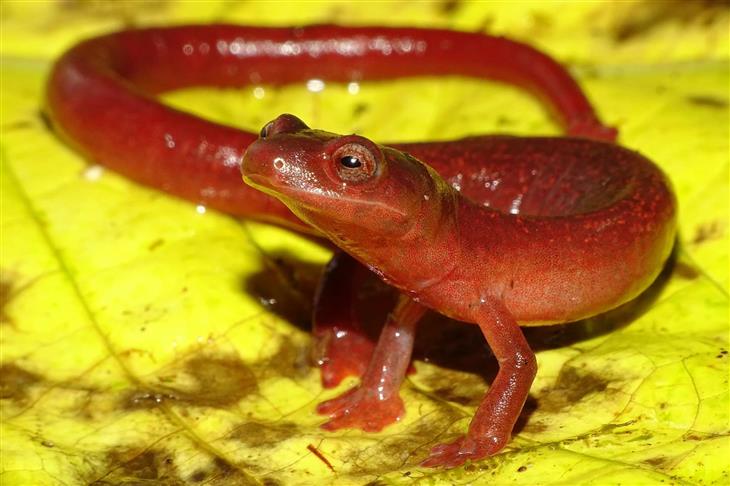
During an expedition in Panama, scientists made a fascinating discovery of a vibrant salamander. This particular species stood out from others due to its distinct orange color, unique toe crust, and the number of upper teeth it possessed. Its rarity led the scientists to classify it as critically endangered since its habitat is gradually being destroyed by human activities. Specifically, this salamander is found on the Panamanian side of the Cordillera de Talamanca, a mountain range located in southeastern Costa Rica and west of Panama. The region remains largely unexplored, yet numerous salamander species have already been uncovered there.
In honor of environmentalist Kathy Ladek's contributions, the scientists named this extraordinary creature cathyledecae.
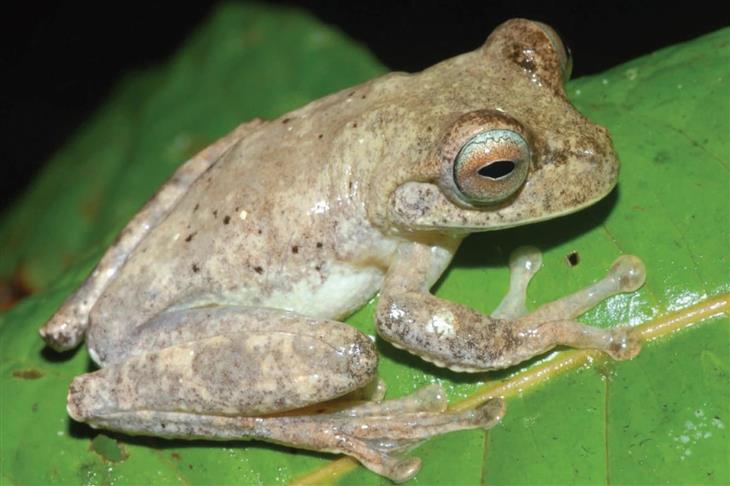
This frog was named "insular" because in Latin, insula translates to "island." As previously mentioned, this amphibian was found exclusively on the aforementioned island.
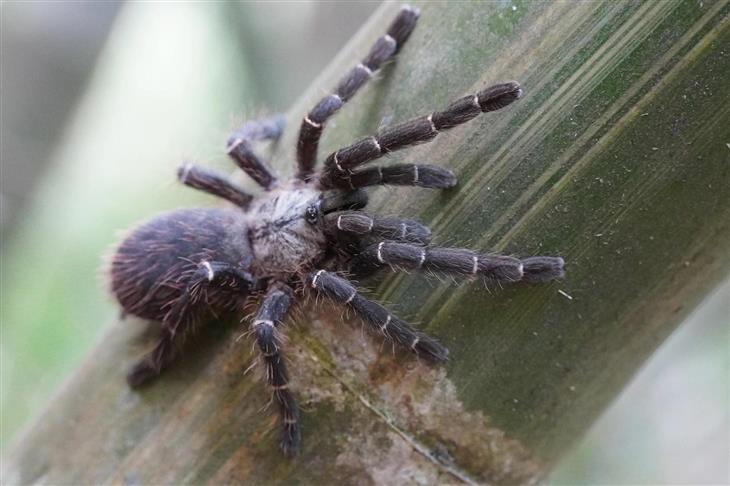
In Thailand, an entirely novel type of tarantula has recently been unearthed by a well-known YouTuber nicknamed JoCho Sippawat, who boasts over 2.5 million subscribers. Collaborating with two arachnologists, the spider was identified and christened accordingly. While it was already known that Southeast Asian tarantulas can inhabit both land and trees, this marks the first documented case of a tarantula exclusively residing in trees - more specifically, on bamboo trunks. Since she lacks the ability to create holes in bamboo herself, she either utilizes existing holes made by other creatures or seeks out cracked sections within the bamboo itself. The arachnologists responsible for classifying this species assert that it is one of Thailand's most extraordinary and uncommon tarantulas.
As a tribute to Thailand's former king Taksin the Great - who reigned from 1734-1782 after serving as governor in the very region where this particular tarantula was discovered - she has been bestowed with the name "Taksinus."
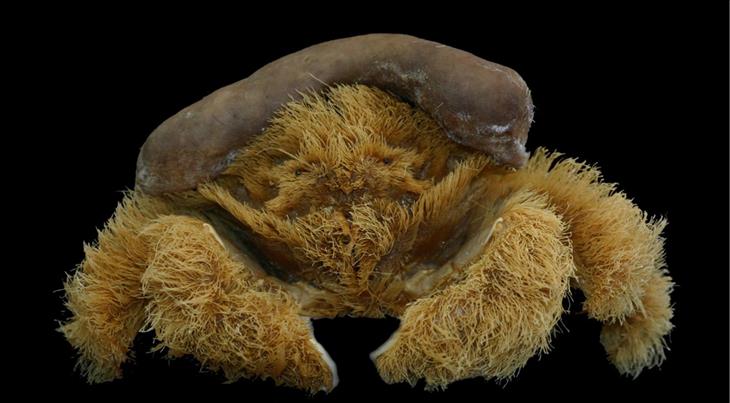
Have you ever laid eyes on a furry sea sponge adorned with a charming hat? This peculiar crab, discovered on the shores of Denmark in Western Australia, may just be the most fashion-forward crustacean in the ocean. The family who stumbled upon this distinctive creature wasted no time in sending it to the Western Australian Museum for identification. To their astonishment, scientists determined that it was an entirely new species that had yet to be documented anywhere else.
Belonging to the Dromiidae family, this crab is part of a group known for utilizing sea sponges and sea urchins as protective shields. For these crabs, the sponge is particularly advantageous due to its ability to release repugnant chemicals that deter potential predators. Interestingly enough, rather than directly attaching it to their bodies, they cleverly secure it using their legs.
The name "beagle" was bestowed upon this crab owing not only to its tan color reminiscent of a typical brown beagle dog but also as an homage to H.M. Beagle - the ship Charles Darwin sailed on between 1831 and 1836 during his explorations of Australia, the Galapagos Islands, and Tierra del Fuego. It was during this transformative journey that Darwin formulated his groundbreaking theory of evolution.
Source of photos: discoverwildlife.com